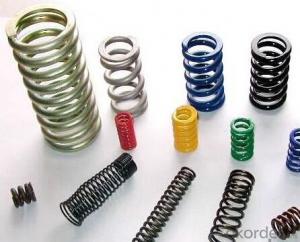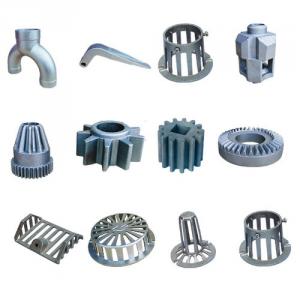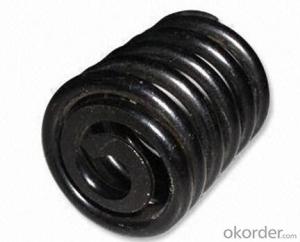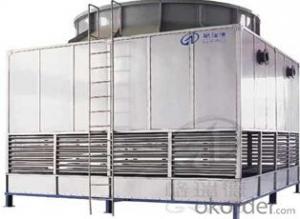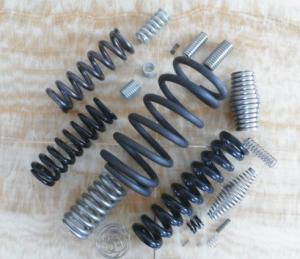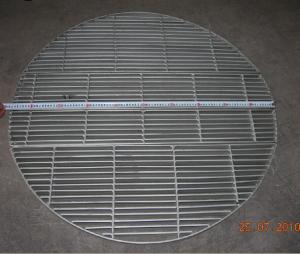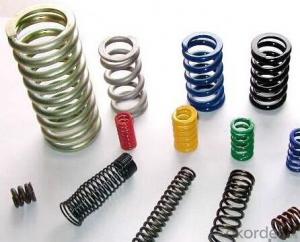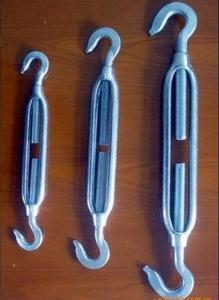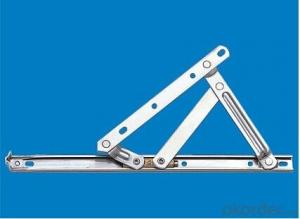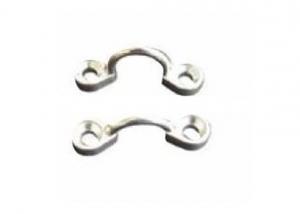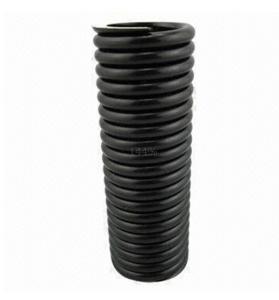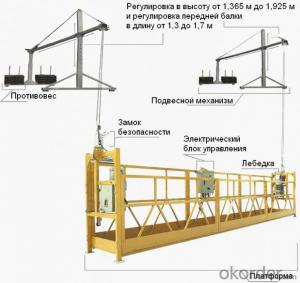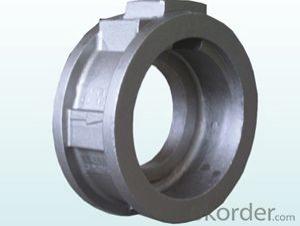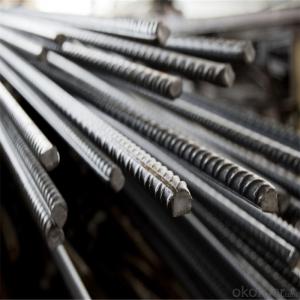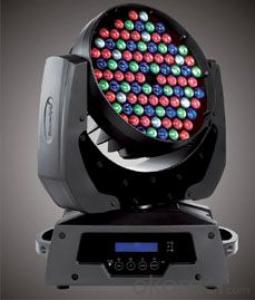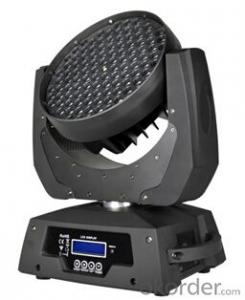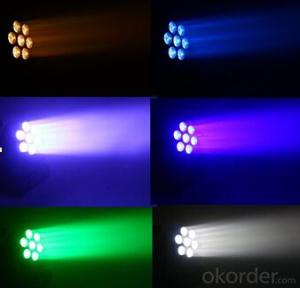Passivation Of Stainless Steel
Passivation Of Stainless Steel Related Searches
Stainless Steel Passivation Passivation Stainless Steel Passivating Stainless Steel Passivated Stainless Steel Passivate Stainless Steel Stainless Steel Corrosion Stainless Steel Tarnishing Stainless Steel Oxidation Emissivity Of Stainless Steel Tarnishing Stainless Steel Conductivity Of Stainless Steel Sublimation On Stainless Steel Stainless Steel Discoloration Sublimating On Stainless Steel Density Of Stainless Steel Stainless Steel Restoration Stainless Steel Refrigeration Stainless Steel Conductivity Hardness Of Stainless Steel Discoloration Stainless Steel Stainless Steel Molding Properties Of Stainless Steel Pitting On Stainless Steel Stainless Steel Tarnish Blackening Stainless Steel Stainless Steel Strength Sublimate On Stainless Steel Density Stainless Steel Stainless Steel Fabrications Bending Stainless SteelPassivation Of Stainless Steel Supplier & Manufacturer from China
Passivation of Stainless Steel is a specialized process that involves the treatment of stainless steel surfaces to remove free iron, contaminants, and other impurities that may cause corrosion or affect the material's performance. This process is crucial in various industries, including pharmaceutical, food processing, and chemical manufacturing, where maintaining the integrity and cleanliness of stainless steel equipment is paramount. The passivation process helps to create a protective oxide layer on the surface of stainless steel, which prevents the formation of rust and other types of corrosion, thereby extending the lifespan of the equipment and ensuring its optimal performance.In numerous industrial applications, passivation of stainless steel is essential for maintaining the purity and safety of the products being processed. For instance, in the pharmaceutical industry, passivation is used to ensure that stainless steel equipment does not contaminate sensitive medications or medical devices. Similarly, in the food processing sector, passivation helps to prevent the contamination of food products by harmful bacteria or other impurities. This process is also vital in chemical manufacturing, where stainless steel equipment may come into contact with corrosive substances that could compromise the integrity of the materials being processed.
Okorder.com is a reputable wholesale supplier of passivation of stainless steel products, boasting a vast inventory that caters to the diverse needs of various industries. As a leading distributor, Okorder.com offers high-quality passivation solutions that adhere to the strictest industry standards, ensuring that customers receive reliable and effective products for their specific applications. With a commitment to customer satisfaction and a focus on providing top-notch passivation services, Okorder.com has established itself as a trusted source for stainless steel passivation products in the global market.
Hot Products

